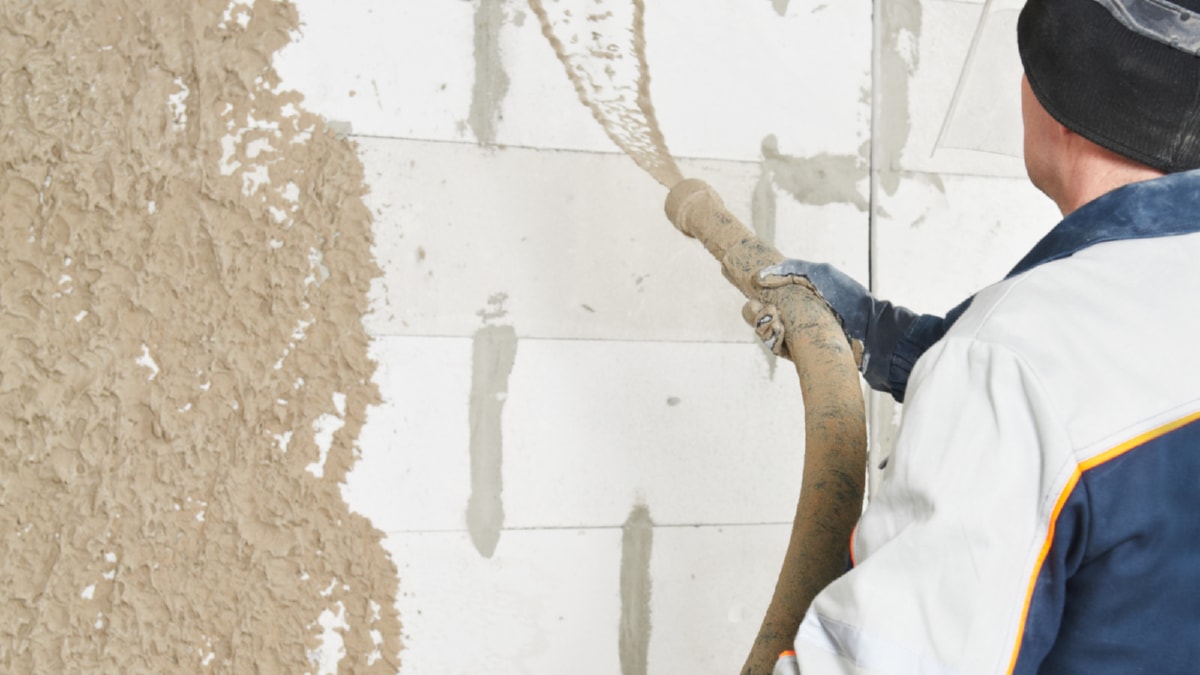In the rapidly evolving world of modern construction, the significance of sustainable materials cannot be overstated. As we continue to grapple with the impacts of climate change, the construction industry is at the forefront of innovation, seeking new materials and methods to create more energy-efficient and environmentally friendly buildings. This article will explore the use of sustainable materials in modern construction practices, highlighting some of the most promising developments.
One of the most noteworthy sustainable materials in modern construction is Cross-Laminated Timber (CLT). CLT is a wood panel product made from gluing layers of solid-sawn lumber together. This method not only produces a material that is incredibly strong, but also one that stores carbon, helping to mitigate the effects of climate change. Furthermore, CLT is lighter than steel and concrete, reducing transportation emissions and making it a superior choice for sustainable construction.
Another sustainable material that is gaining popularity is recycled steel. Steel production is a major contributor to carbon emissions globally. However, recycled steel offers a more sustainable alternative. It has the same strength and durability as virgin steel, making it suitable for a wide range of construction applications. Additionally, using recycled steel reduces the demand for new steel production, thereby reducing the associated carbon emissions.
Hempcrete, a bio-composite material made from the woody core of the hemp plant combined with lime and water, is another sustainable construction material worth mentioning. It is a renewable resource, absorbing CO2 as it grows, and it also offers excellent insulation properties. Hempcrete is resistant to rot and pests, and it has the added benefit of being able to regulate humidity within a building, contributing to a healthier living environment.
Bamboo is a traditional construction material that is experiencing a resurgence because of its sustainability credentials. Bamboo grows rapidly, sequesters carbon effectively, and can be harvested without damaging the ecosystem. When treated properly, bamboo has an excellent strength-to-weight ratio, rivaling steel, and it is resistant to both rot and pests. Furthermore, bamboo can be used in a variety of construction applications, from structural elements to interior finishes.
Lastly, the use of rammed earth in construction is a sustainable practice that dates back centuries. Rammed earth is a technique that involves compressing a mixture of earth, water, and sometimes a stabilizer such as cement, into a mold to create walls. The resulting structure is durable, fire-resistant, and has excellent thermal mass, making it energy efficient.
In conclusion, the quest for sustainability in the construction industry is leading to the exploration and adoption of a variety of sustainable materials. Each of these materials – CLT, recycled steel, hempcrete, bamboo, and rammed earth – offers unique benefits in terms of their environmental impact, strength, durability, and energy efficiency. As the industry continues to innovate and evolve, we can expect to see these and other sustainable materials playing an increasingly prominent role in modern construction practices. The future of construction is not just about building structures, but about building a more sustainable world.
For more details, check best masonry services or visit their business listing here.



